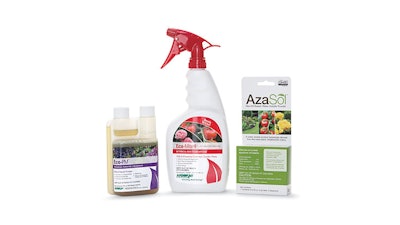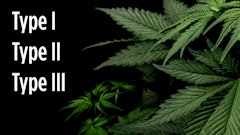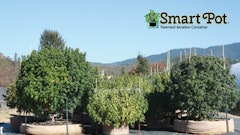
A Mode of Action (MOA) describes how a pesticide kills or disrupts a pest. The three parts of a MOA are: chemical structure (active ingredient), target site and the actual MOA. These help us to classify what type of chemical it is, where it acts on a pest and how it functions as a pesticide.
The chemical structure is usually based off the active ingredient (AI). This will define the level of toxicity. This can range from non-toxic to highly-toxic. The target site describes specifically what part of a pest that is affected by the AI. Finally, the MOA defines what is happening to a pest that disrupts its life.
Many Integrated Pest Management (IPM) programs rely on identifying the target pest, the life cycle of that pest and the proper MOA to disrupt that life cycle. Once the pest, life cycle and habits are understood the next step is to determine the most efficient type of pesticide to control this pest.
- Contact Pesticides function externally on the plant and the pest. They affect the pest wherever it makes contact. This type of insecticide usually dissolves insect cuticles, the thin waxy layer that helps insects retain water; or block their spiracles (external respiratory openings). 100% plant coverage is crucial.
- Systemic Pesticides function internally. They can be distributed inside the plant's vascular tissue, maximizing coverage and efficiency. This is typically done by adding the pesticide to the root zone and allowing the plant to “drink” the product. Since the plant is protected from the inside, any pest feeding on the plant should be affected by the pesticide.
- Translaminar (local systemic) Pesticides are sprayed on the plant and absorbed by the leaves. The pesticide can be absorbed by one side of the leaf and translocate through the tissue, protecting the other side.















